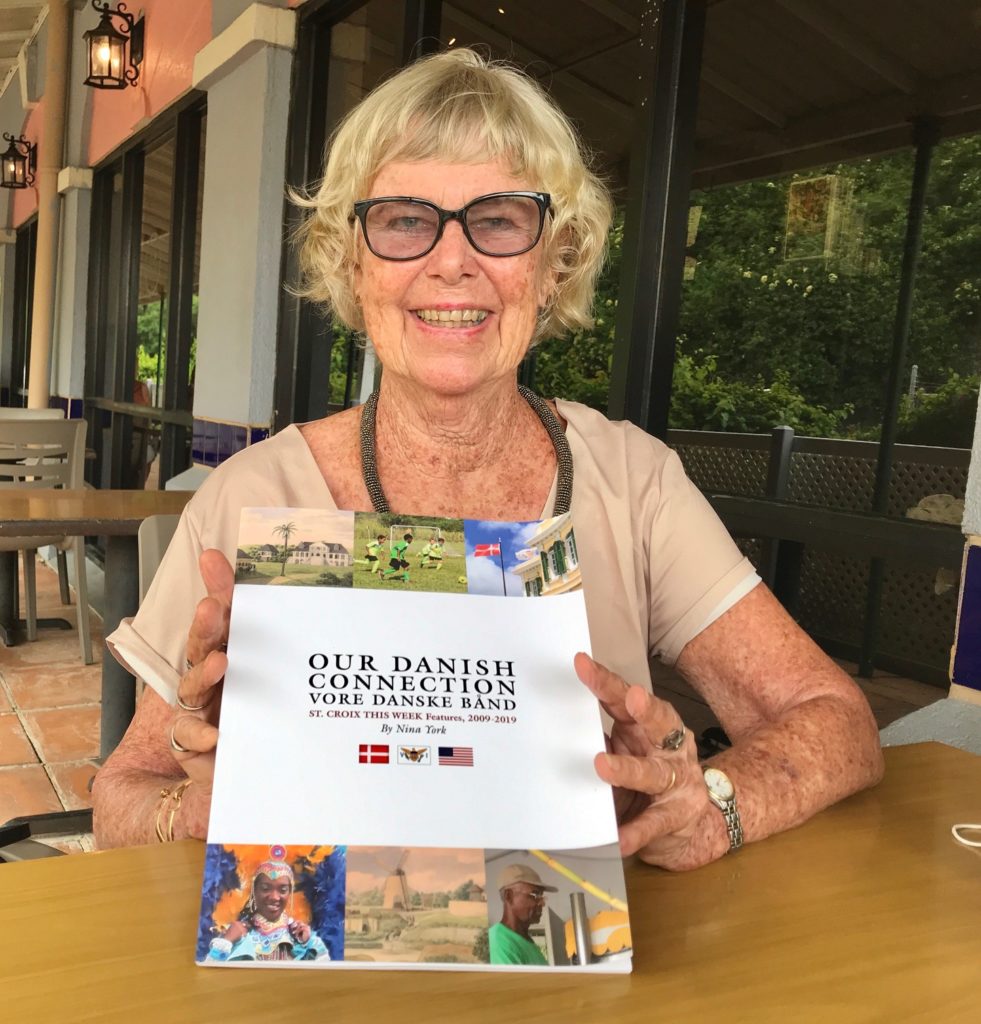
The vignettes in Nina York’s new book “Our Danish Connection” were originally published in English as bimonthly contributions to the magazine St. Croix This Week from 2009 through 2019.
York has gone a step further in her book, with entries in both English and Danish. The design and layout of the writings and the accompanying black and white photographs detail York’s decade of work in a comprehensive journal.
Originally from Denmark, York moved to St. Croix with her late husband Edward York in 1976.
As the daughter of two Danish writers, Nina York said the craft came easily to her. She visited New York with her parents as a child – her father was a press officer at the United Nations – and as a 10-year-old she learned English via nursery rhymes and beginner’s books.
“I felt that the U.S. was in my future, and upon graduation from high school was awarded a Fulbright/Scandinavian-American Foundation Scholarship. I attended Montana State University in Missoula. I had become so proficient in English that I was asked by the girls in the sorority house, where I stayed, to help them with their English essays,” York said.
Edward York was an electrical engineer and owned a marine and land electronic business, which brought the couple to Puerto Rico, where they lived for 13 years. Because of the need for his services on St. Croix, they moved to the Virgin Islands.
Nina York worked in the Virgin Islands at creating and producing children’s seals. They were called the Virgin Islands Children’s Seals Fund, Inc. They were issued to help fund educational projects in cultural fields to benefit the children of the U.S. Virgin Islands.
She also began conducting island tours, primarily for visiting Danes, in 1987. The tours were canceled in 2020 due to the COVID-19 pandemic, she said.
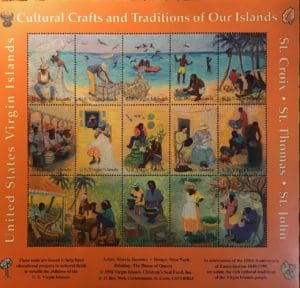
York was hired in 1990, shortly after Hurricane Hugo, as the editor of St. Croix This Week – a position she held for 13 years.
When Susan Wall became editor of the magazine, it was her idea for York to illustrate, through her writings and knowledge of the Danish era from 1733 through 1917. York began those writings in 2009.
York said it was also Wall’s idea in 2019 for York to publish her columns in a book. York said the writings “reflected my fascination with our history and the broad scope of influence from the Danish legacy that prevails even today.”
“I hope that I am able to stir interest in our colorful history among both visitors – and not just Danes – as well as members of the Friends of Denmark and others that have brought me joy and friendships in great measure.”
York’s book explores multiple aspects of the Danish legacy, such as the 1917 transfer of the Danish West Indies from Denmark to the United States; the state religion brought to the islands that is still practiced today; the sport of soccer; Danish food and furniture traditions; the production of sugarcane and the ensuing Fireburn; the historic architecture; and Black heritage found in Denmark.
The Lutheran legacy from Danish times is evident in the early history of the churches on St. Croix and continues. The Steeple Building, part of the Christiansted National Historic Site, was the island’s first Lutheran church. The Danes brought their state church with them upon purchasing the islands from France in 1733; there are four Lutheran churches on the island as a result.
Lord God of Sabaoth Church on King Street was built as a Dutch Reformed church in the 1730s, and it was in 1830 that the Lutherans moved from the Steeple Building to the King Street church.
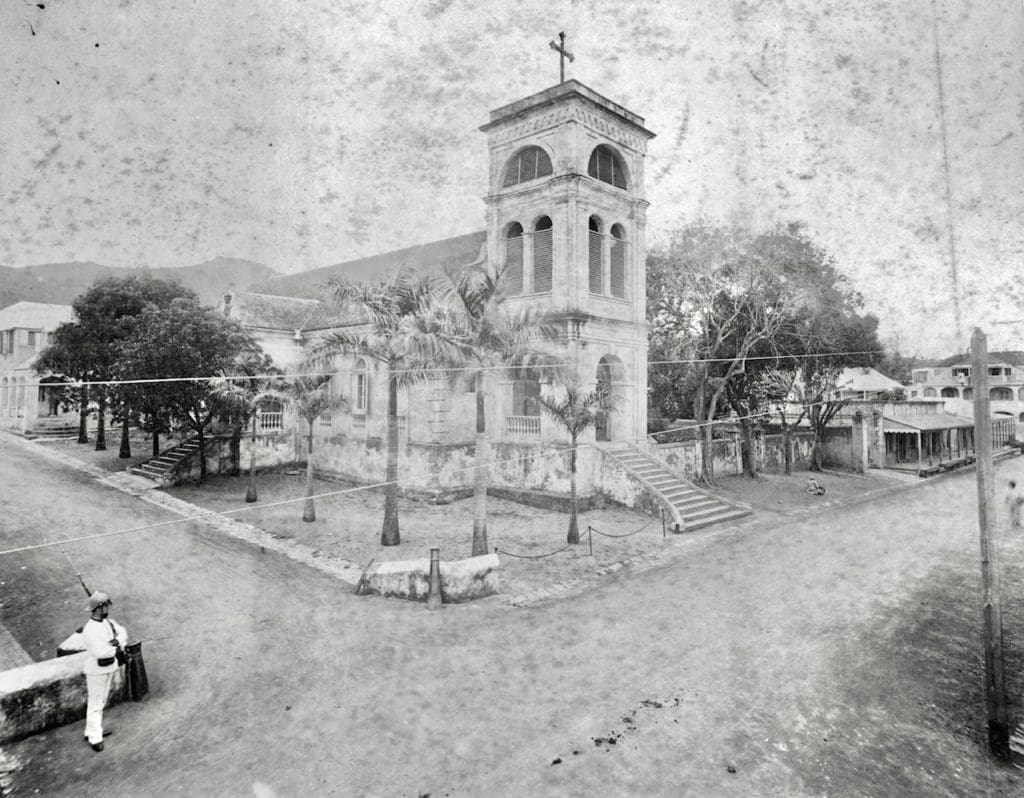
The Holy Trinity Lutheran Church was built in Frederiksted in 1792 and was known as the “Dane Church,” because of the large Danish congregation. The Kingshill Lutheran Church was built in 1912, primarily to accommodate the gendarmes stationed at the Kingshill barracks. The Christus Victor Church in La Vallee was built after the Danish times, yet it still takes its spiritual legacy from the previous European influence.
The Lutheran legacy has continued under the umbrella of Lutheran Social Services, with a home base in the U.S. and ties to Denmark and the Virgin Islands.
The Queen Louise Home for Children was founded in 1904 at the initiative of Crown Princess Louise of Denmark to combat early childhood mortality, offering training by Danish deaconesses in child care, and nurse training for young local women that continued for many years. Today, the home offers care for neglected and abused children from infancy to age 12.

Lutheran Social Services initiated the construction of and administers housing for physically, mentally and emotionally challenged individuals, as well as for the elderly.
York’s book also describes the vast riches made from sugarcane during Danish times. Sugarcane covered numerous steep hillsides that would have made the planting and harvesting of the cane stalks a challenging undertaking. “But the field workers, whether enslaved or later emancipated, had developed impressive skills in handling their difficult task,” York writes.
Cane fields were abandoned, some as a result of the 1878 Fireburn revolt and others by later residential development. The last sugar factory on the island was dismantled in 1966.
York recognizes Lemuel Smithen, a local farmer, whose fields of sugarcane and breadfruit trees grow at Estate Upper Bethlehem. His is the only location on the island that can still be called a sugarcane field.
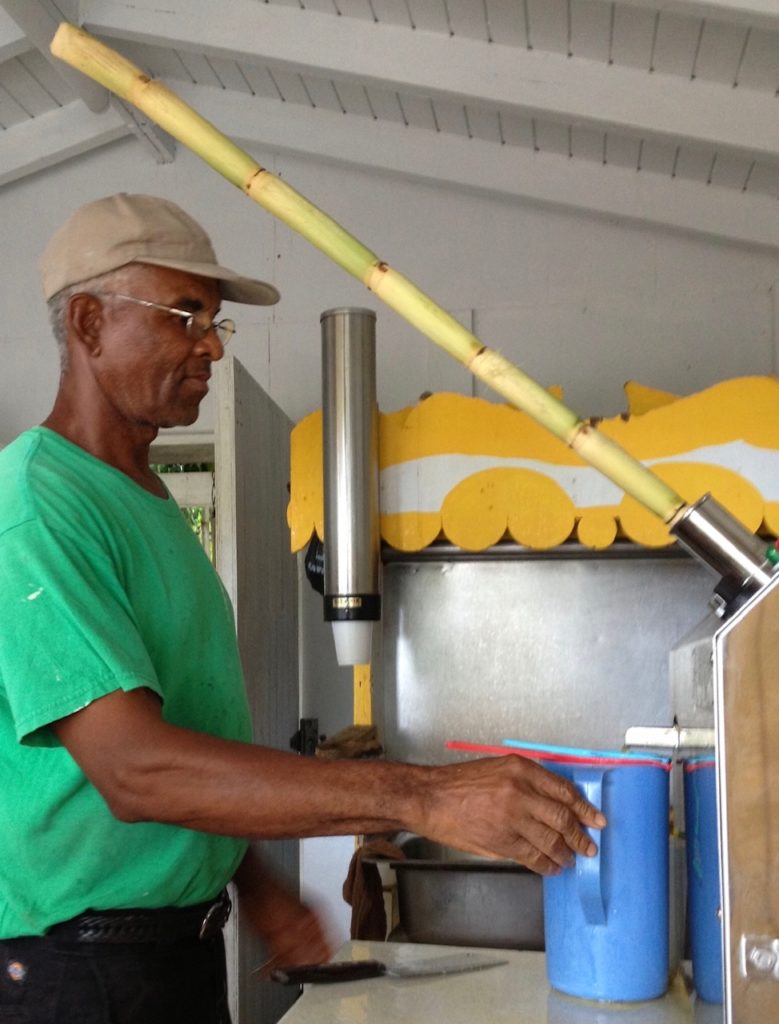
Entrepreneur Smithen presses cane juice from the stalks he grows and provides it as a refreshing drink to his faithful clientele.
A vignette about Transfer Day looks back at the purchase of the islands by the United States 100 years ago, a significant historical milepost.
It was in the midst of World War I, when the U.S. faced the threat of war with Germany, that the nation purchased the Danish West Indies for $25 million. The Danish regime transitioned into government by U.S. Navy personnel.
In the years around the transfer, the native population did not thrive; sugar production lagged and income from rum sales lowered during Prohibition. The Great Depression made its mark on the islands, as it did on the mainland.
In the late 1940s, tourism became a new source of income. Cruise ships came to St. Thomas and a national park opened on St. John. Harvey Aluminum and Hess Oil brought income to St. Croix.
The tragedy of the Fountain Valley murders drove visitors and villa owners back to the mainland. The Hurricane Hugo disaster in 1989 can still be seen today in the form of damaged buildings. Another more recent blow to the economy was the exodus of the Hovensa Oil Refinery in 2012.
York expressed in her writing excitement for the events planned for the 2017 Transfer Centennial, hopeful for a renaissance to celebrate.
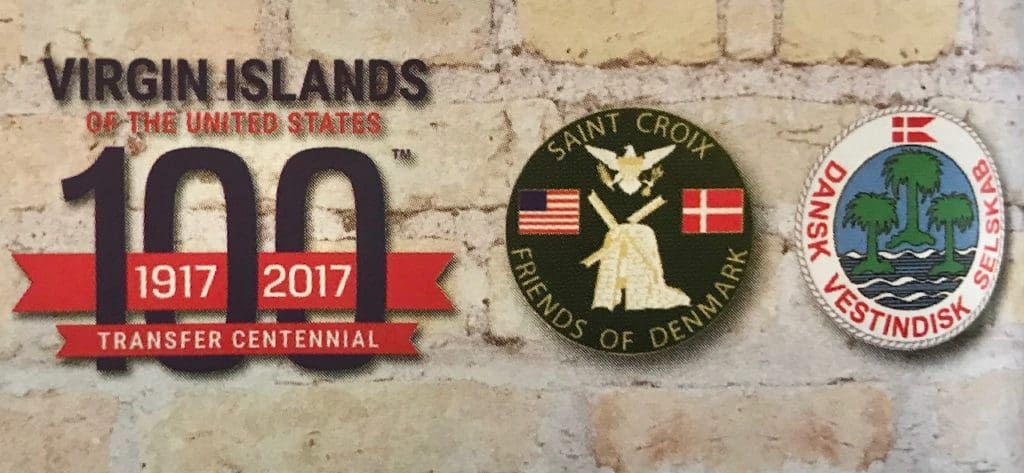
Readers of York’s vignettes can learn about St. Croix’s culture, economy, local families with a Danish lineage, holidays, Danish families with a local lineage, the youth, architecture and more contained beyond the book’s colorful cover. These details spill out and overflow for the reader to share in recognition of elements of “Our Danish Connection.”
York gives special thanks to Wall, St. Croix This Week and Morris Caribbean Publications, the substantial support of St. Croix Friends of Denmark and the substantial support of Danish West Indian Society. She thanks all her friends for standing by her and notes that this book will be her last effort in the field of publishing.
“Our Danish Connection” is available for purchase at Undercover Bookstore & Gifts, Gallows Bay and Caribbean Museum Center for the Arts in Frederiksted
York can be contacted at ninayork@gmail.com.





